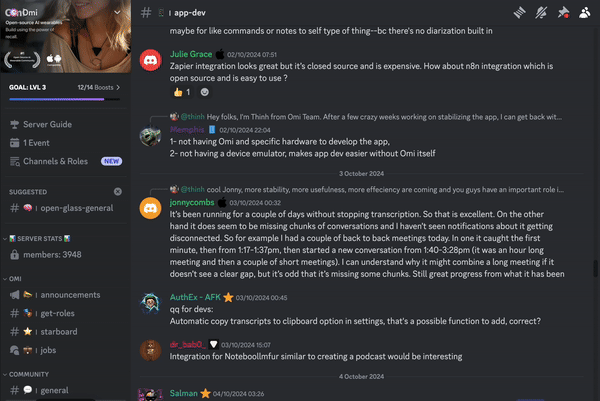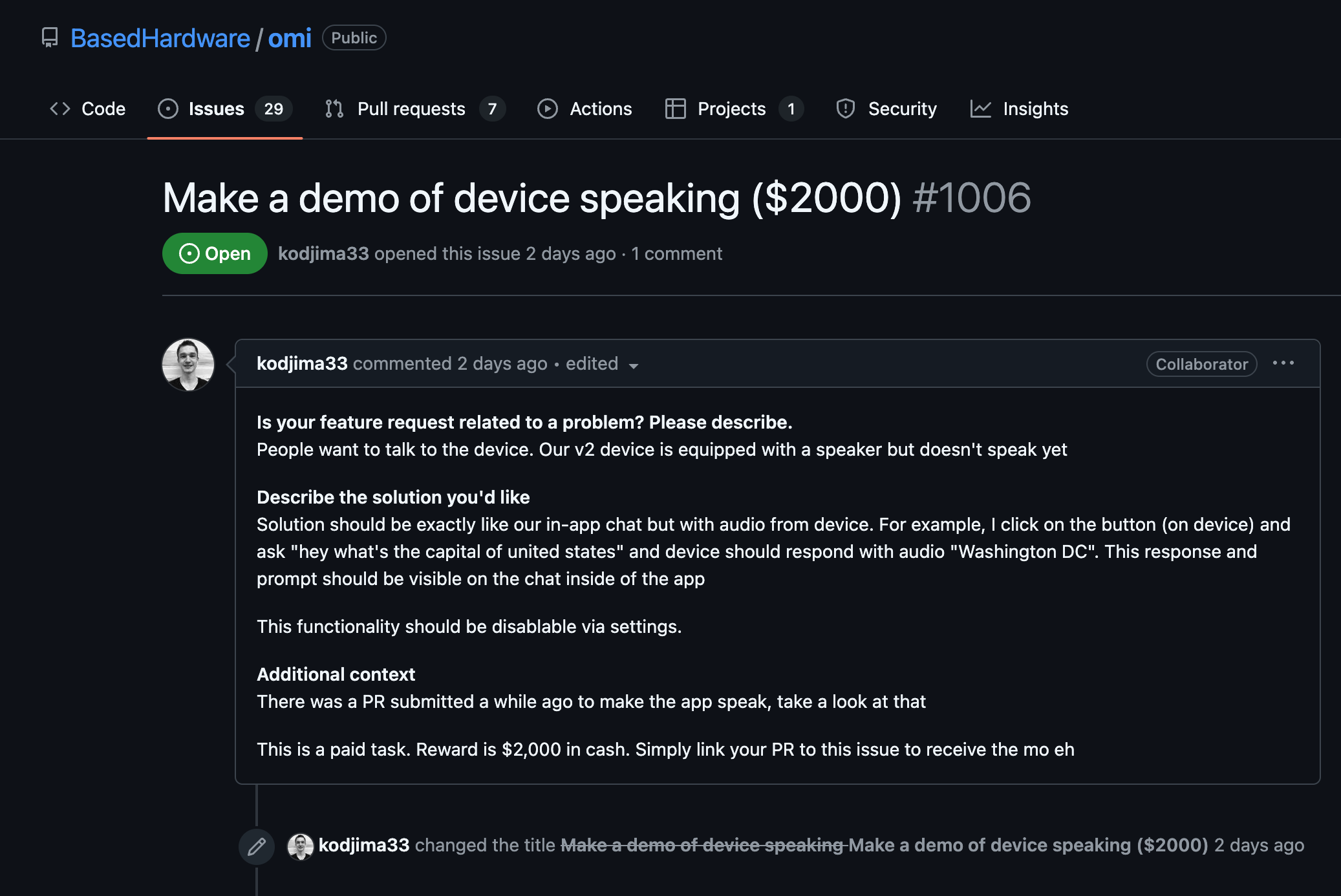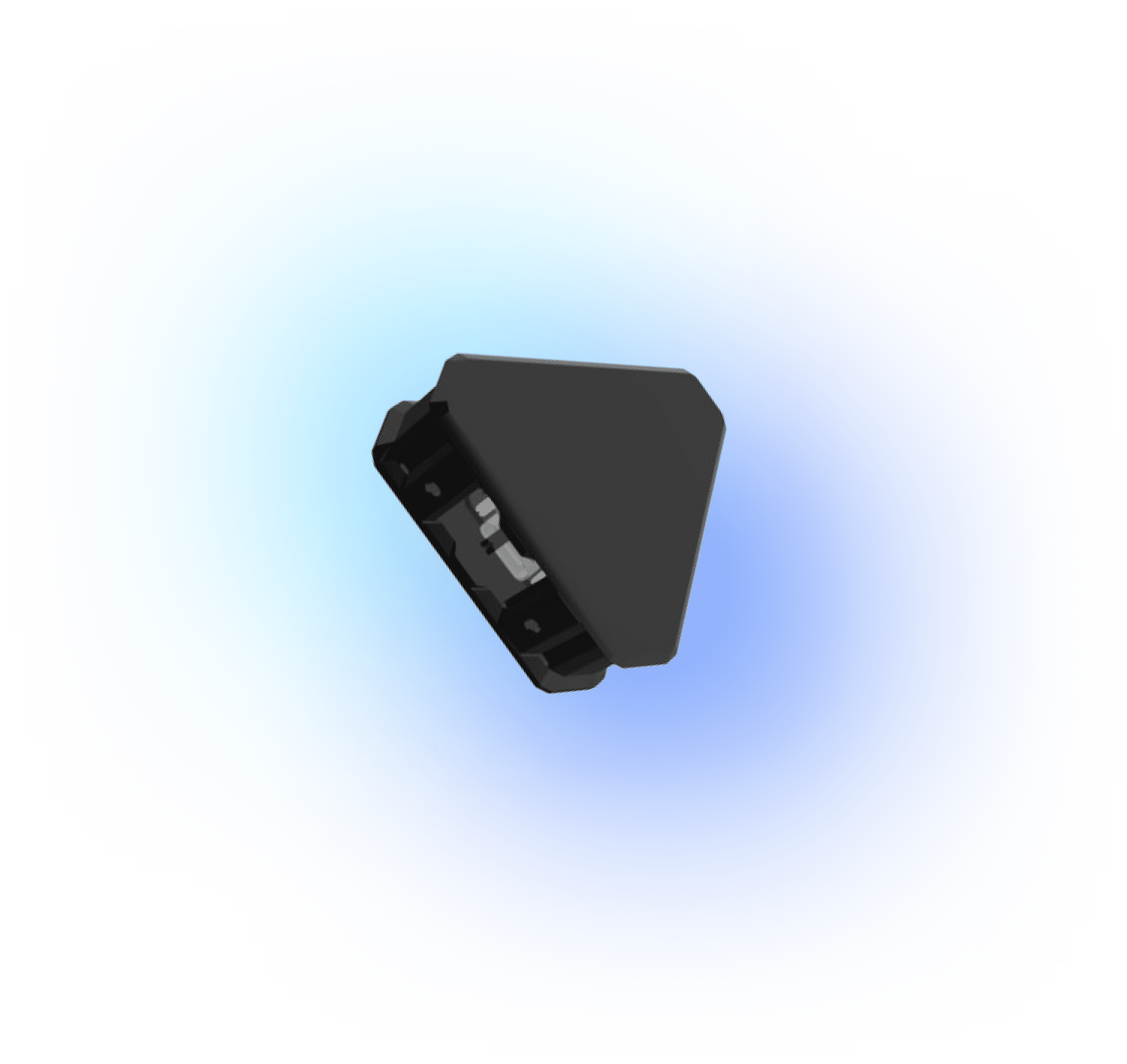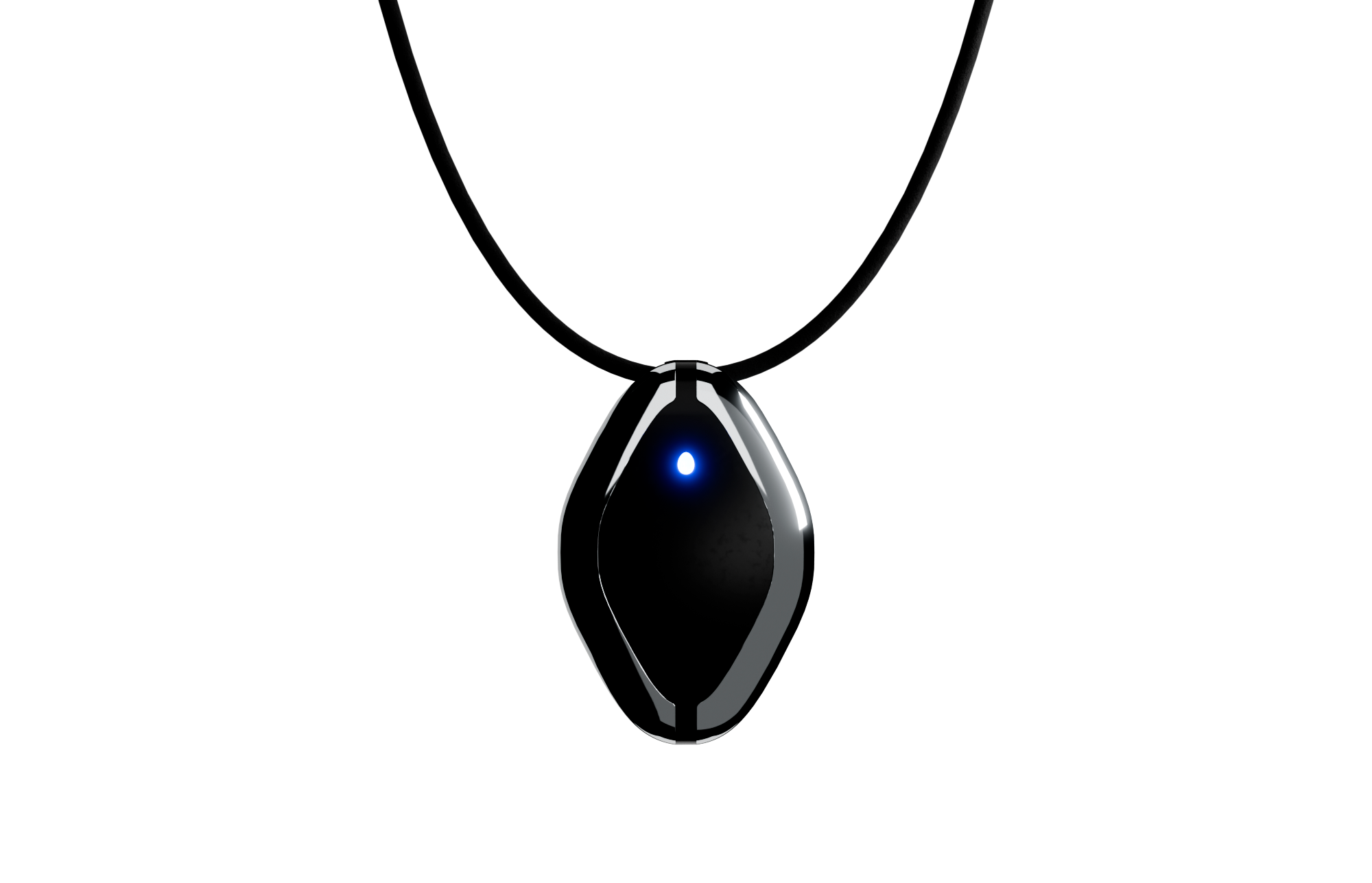Calibrate Your Peloton Bike
- Start by ensuring your Peloton Bike is on a flat, level surface. This makes the calibration process accurate. It’s essential that the feet of the bike are adjusted so that there's no rocking.
- Turn on your Peloton Bike and log into your account. Navigate to the home screen where you typically choose your workout.
- Locate the settings option on the screen or display menu. From there, search for the "Bike Settings" or "Device Settings" tab which will allow you access to the calibration process.
- Follow the on-screen instructions carefully. The bike may ask you to recalibrate your resistance knob to ensure that it aligns with the digital resistance settings. This usually involves turning the knob all the way to the right and then all the way to the left.
- Once instructions are followed, complete the calibration by saving the new settings. This should improve the accuracy of resistance levels and enhance your biking sessions.
Fix Calibration Problems
- If calibration fails, check to ensure all components of the bike are securely fitted. Loose or misaligned parts can affect performance and calibration accuracy.
- Disconnect and reconnect the bike's power supply. Sometimes, turning the system off and back on can resolve temporary inconsistencies.
- Clean the bike thoroughly, especially focusing on the resistance knob and sensor areas. Dust and grime buildup can hinder proper function.
- If issues persist, consider resetting your Peloton Bike to factory settings and then proceeding with another calibration attempt. Make sure to follow any instructions from Peloton's support team.
- Finally, if the calibration problem cannot be resolved, contact Peloton support for expert assistance. They may recommend a professional service appointment if a hardware issue is identified.























